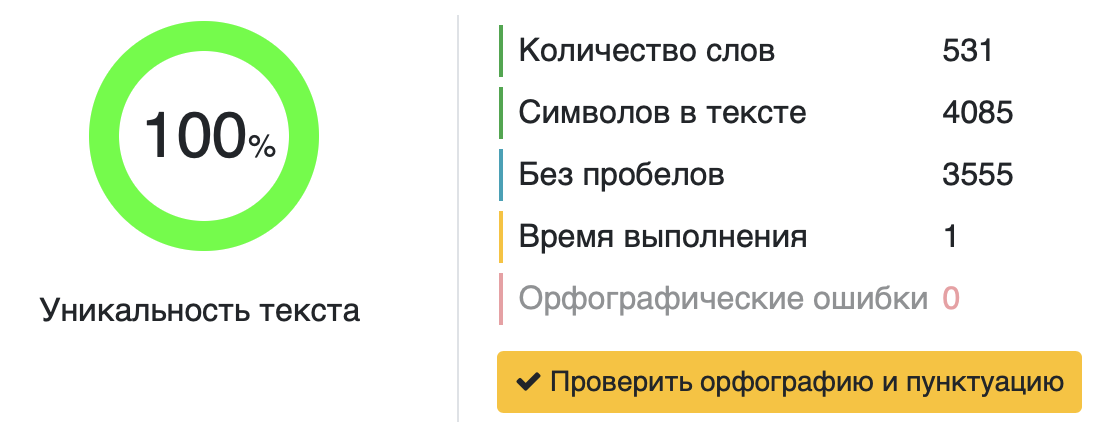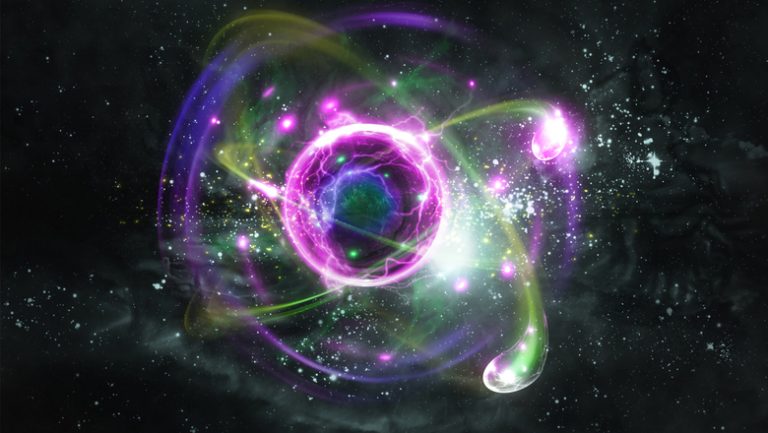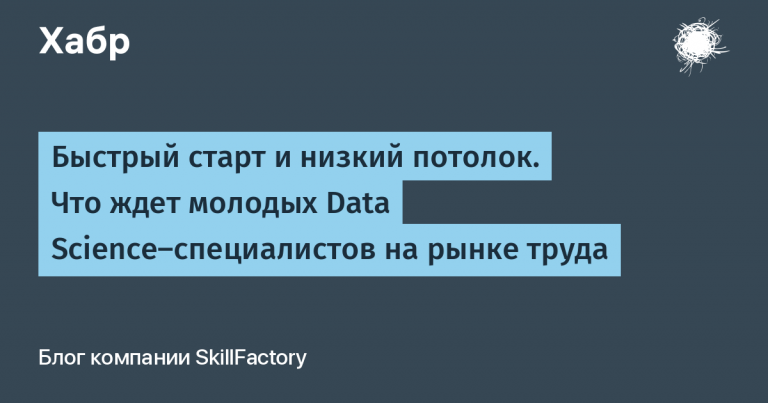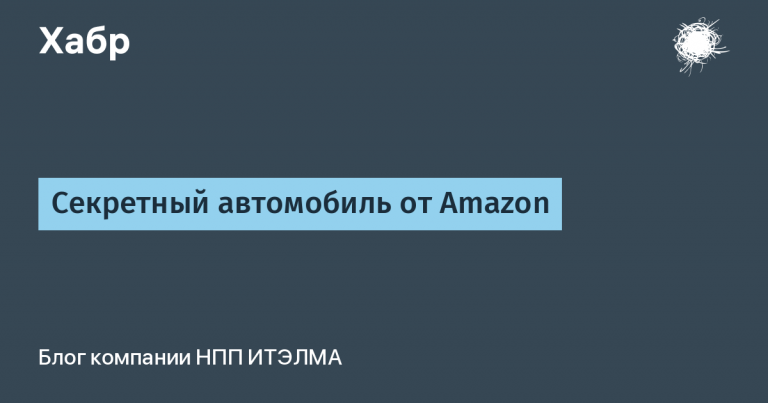First experience with ChatGPT with an example

In the process of cooperation with one of the news portals, the task of generating a meaningful text based on sets of theses was announced. This increases the time users stay on the site, which in turn attracts advertisers. For this purpose, we used the public version of ChatGPT from OpenAI.
Actually, here is the generated article itself – “Online earnings – where to start?”. The idea for the article was chosen offhand, three consecutive questions were selected, which became the headings of the sections:
“What is the best strategy for making money fast without initial investment?”
“What types of freelance monetization pay best?”
“How to find your niche in freelancing?”
Each subsequent question was generated by a human as a logical refinement and continuation of the algorithm’s answers to the previous question. Questions and answers were generated in English, then with the help of Google translator everything was translated into Russian and manual minimal adjustments were made to the text to bring it into a slightly more humanized style.
Accordingly, the article was further published as is, a personal photo was added to give the image of the text written by a simple user. The whole process took about 5-7 minutes, including taking into account the formatting and selection of photos.
Next, the article was sent to 5 independent editors, to the blogging community asking for feedback and impressions about the content bno mention of automatic content generation.
An additional question was a request to evaluate what was read on a ten-point scale. The arithmetic mean in this focus group is 6.71 for the sample (7,7,8,6,7,6,6).
The impressions of the article were more or less the same, it is worth quoting a unifying comment from one of the editors – Olga Yaponomat – to the content of the article:
Figures based on research: how many months to master a particular profession? How much does each specialist earn without experience and with experience, etc…
We need specific numbers.
And so the next advice from the series: “If you want to be happy – be happy!”
PS This is my subjective opinion, which does not claim to be the ultimate truth.
PPS, please read the text for repetitions😉
Accordingly, the first conclusion is that a non-professional cannot distinguish machine text from the text of a living author.
The second conclusion is that a text built on general judgments and conclusions of the collective unconscious must be saturated with facts and sources of specific data.
The third conclusion is that the described method is suitable for use for solving the problem by 67% (based on the assessment of the focus group).
Well, from the point of view of search engine optimization, the results also correspond to the basic criteria of “normality”.

The result of uniqueness is more than suitable for everyday use for generating original content and news flow.

The level of “spaminess” and “water” is not critical, the text is “human”.
Instead of a conclusion, the described tool and method are applicable in everyday practice with the participation of a human proofreader who owns the subject area. Accordingly, the cost of creating such content is also lower compared to a completely handmade alternative to the author’s work.



